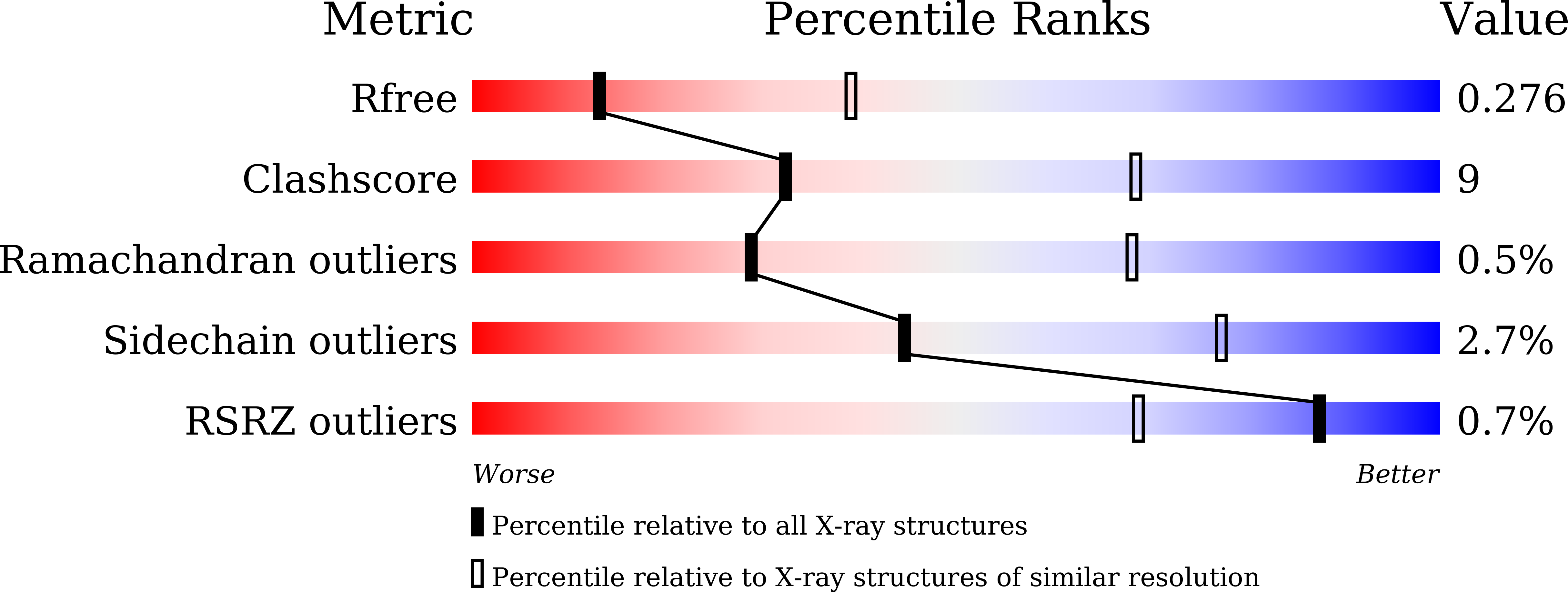
Deposition Date
2020-03-01
Release Date
2021-01-13
Last Version Date
2023-11-29
Entry Detail
PDB ID:
6M2V
Keywords:
Title:
Crystal structure of UHRF1 SRA complexed with fully-mCHG DNA.
Biological Source:
Source Organism:
Mus musculus (Taxon ID: 10090)
synthetic construct (Taxon ID: 32630)
synthetic construct (Taxon ID: 32630)
Host Organism:
Method Details:
Experimental Method:
Resolution:
3.00 Å
R-Value Free:
0.27
R-Value Work:
0.23
R-Value Observed:
0.23
Space Group:
P 21 21 21


